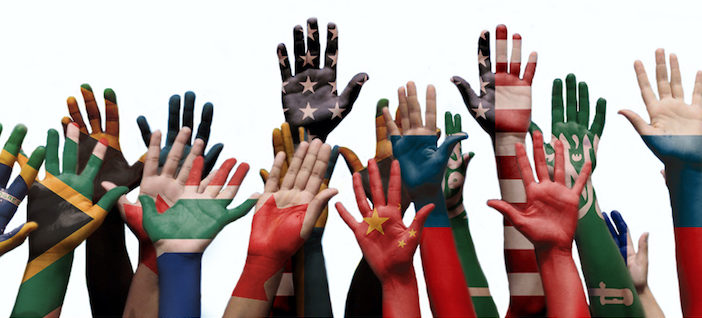After moving to Beijing five years ago, my parents decided I needed a healthy dose of Chinese school experience before hopping aboard the typical western-driven International School express. Growing up in suburban Michigan, I really hadn’t been exposed to much of my Chinese heritage, save the weekly Chinese school classes I took with a handful of my ABC friends. So the first thing my parents did was enroll me in a small international school situated within Tsinghua High School’s campus, hoping I’d glean some of the local culture and understand what it was like to be a student in China.
Along with building on my Chinese culture, what also happened was I grew accustomed to the small-school life. So when time came in ninth grade for me to transfer to the Western Academy of Beijing (WAB) – a school with a vast jungle of a campus, ever-present multitudes of people, and the constant race to find a good seat at lunch – it all took some major adjusting from the years I spent in my cozy little corner of Tsinghua. Below I’ve summarized just a few major differences I’ve experienced from my middle school years in Tsinghua International School, to my freshman and sophomore years at WAB.
Academics
While there’s not much difference in terms of substance and quality of learning, the environment of a smaller school is considerably more intimate. The student to teacher ratio most often is smaller than at larger international schools, so teachers are able to give each individual considerably more attention. But because the number of students in each grade is significantly less, it’s difficult to accommodate different learning levels. At my old school, there weren’t enough students to open an English as a Second Language (ESL) class, so we all took the same English class while ESL kids were pulled out periodically to get extra help. Humanities and math was the same way, meaning the teacher had to find a common learning level to teach all of us at, which still managed to either be frustratingly slow for some, or downright confusing for others. At larger international schools this can still be a problem because of everyone’s extremely diverse learning backgrounds, but one thing that’s the same is teachers are available to help, whether you seek extra challenges or support.
Extracurricular
There’s definitely less pressure when opting to try a new sport or activity in a smaller school, because not everyone is a mega-athlete, or a champion debater. (There’s nothing that lowers your self-confidence more than being placed in the Junior Varsity 2 soccer team.) But with that comes a smaller variety of activities to choose from, which is a great opportunity for students to start their own clubs! Larger international schools naturally have more competition when it comes to leadership positions and making teams, so if students want to stand out, they need to work hard for it. Another thing about big international schools is that they tend to be part of broader school organizations, such as Asian Pacific Activities Conference (APAC) and Association of China and Mongolia International Schools (ACAMIS), meaning competitions can take you as far as Vietnam. This can be a super fun, social experience, but also a hassle because missing several school days can result in a load-up of homework to catch up on. International schools with more Western philosophies also put more emphasis on athletics, which is a plus if you’re big on sports.
Social
I find although I know a lot more people at my current school, it took a lot less effort to make personal connections with people at a smaller school. In a school where a grade has forty people, opposed to one-hundred and twenty, there’s no way everyone doesn’t know each other. Whether you prefer attention or not, standing out is inevitable. Bigger international schools tend to have a greater diversity within the student body. But with diversity comes the birthing of cliques; students from similar backgrounds or with similar interests may draw together, which creates exclusive friend groups. While it isn’t bad having a group of like-minded friends, it may make it more difficult to find friends first. But rest assured – international schools, no matter what size, make it their goal to make new students feel as welcome as possible.
Regardless of size, international schools are all dynamic, diverse, enriching communities that will provide you with a global learning experience like no other. I’ve gained invaluable memories from both schools I’ve attended, and each has given me different opportunities that have been equally rewarding. Just know that whatever school you choose, you’re bound to find a supportive, inspiring atmosphere.
Photo: www.thiel.edu
 This article is written by Tina Sang from Western Academy of Beijing (WAB)
This article is written by Tina Sang from Western Academy of Beijing (WAB)
Interested in writing for beijingkids? Email us at webeditor@beijing-kids.com or visit our Student Correspondents Program main page for more information.




